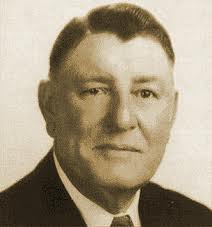Annotation:Jeff Sturgeon
X:1 T:Jeff Sturgeon S:John Salyer (1882-1951, Salyersville, Magoffin County, Ky.) M:C| L:1/8 R:Reel N:AEae tuning D:https://www.slippery-hill.com/recording/jeff-sturgeon D:https://soundarchives.berea.edu/items/show/4233 Z:Transcribed by Andrew Kuntz K:Amix [A,2E2]a2 abag|efga b2b2|[A,2E2]a2 abag|efed c2B^G|[M:2/4]A2:|| ef|[M:C|]g2 ge [E2B2][E2B2]|egge [E2B2][E2B2]|e2e2 efed|cAB^G A2A2|| |:[A,2E2]AB cAcA|[E2B2]Bd cAcA|[A,2E2]AB cAcA| B2 Bd c2d2|efed cAB^G|[M:2/4]A2AA[M:C|]:|
JEFF STURGEON. American, Reel (cut time). USA, Kentucky. A Mixolydian. AEae tuning (fiddle). ABCC. "Jeff Sturgeon" is known as a Kentucky tune. The tune sounds double-tonic (i.e. moving from an 'A' Major chord to a 'G' Major chord, yet Salyer's accompanist consistently played an 'E' Major chord in place of the 'G'; many old-time musicians prefer that slightly discordant sound. Salyer learned the tune from Bob Johnson of Johnson County, Kentucky, but (according to Bruce Greene) the tune was named for the fiddler who taught Johnson to play. Jeff Titon (2001) the tune is a 'rare local tune', whose only source was Salyer.


